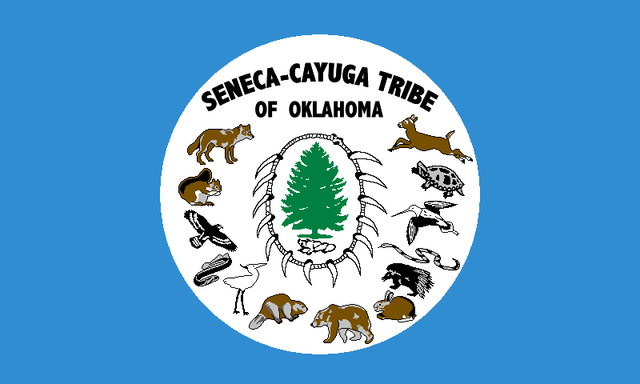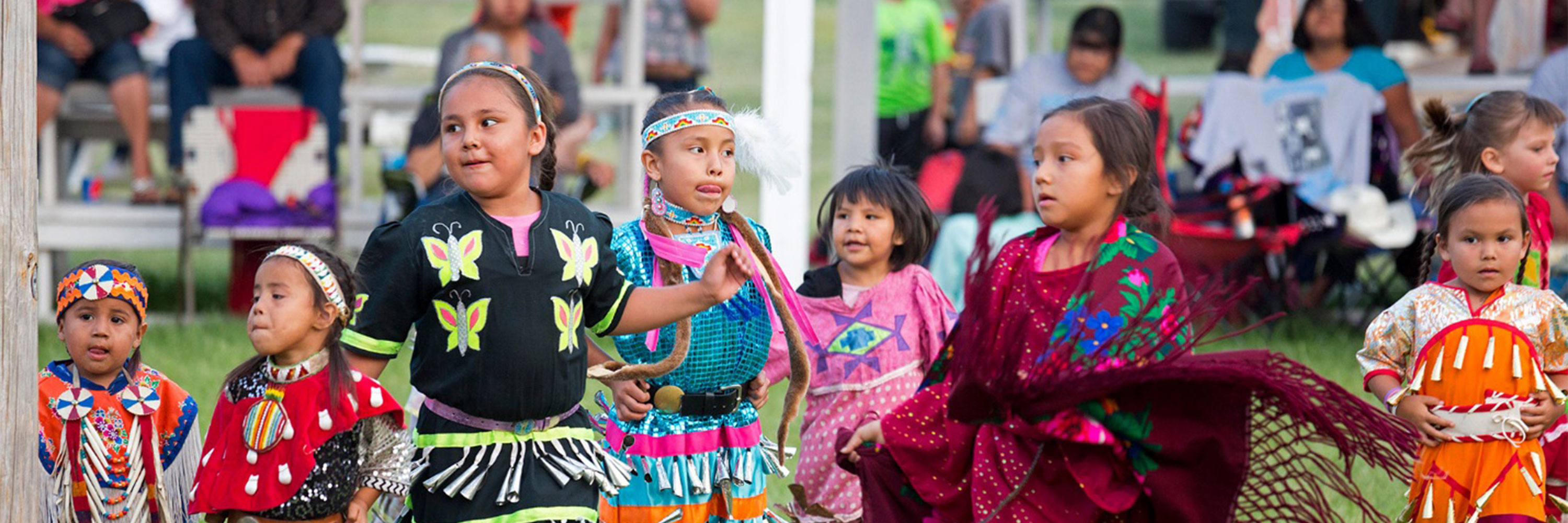
The air in the Division of Rare and Manuscript Collections at Cornell University Library is thick with history, a palpable silence that commands reverence. Here, far from the bustling tourist trails, lies an experience that redefines the very notion of a ‘travel destination’: direct engagement with the rare historical maps of the Cayuga Nation. This isn’t a passive museum visit; it’s an immersive journey into the heart of indigenous sovereignty, colonial encroachment, and the enduring spirit of a people, all etched onto fragile paper. For the discerning traveler seeking depth beyond the picturesque, this collection offers an unparalleled and profoundly moving encounter.
The Cayuga Nation, known as Gayogo̱hó:nǫʼ in their own language, is one of the original five nations of the Haudenosaunee (Iroquois) Confederacy, a sophisticated political and social alliance that predates European contact. Their traditional territory encompassed the lands around Cayuga Lake in what is now New York’s beautiful Finger Lakes region. For centuries, this was a vibrant landscape of villages, hunting grounds, agricultural fields, and intricate trade routes, all managed under the principles of the Great Law of Peace. The maps housed in collections like Cornell’s are not merely geographical representations; they are vital documents in the story of this nation’s interaction with European and later American powers, charting a course from immense territorial control to profound displacement.
What makes these maps so rare and significant? Firstly, their very survival is a testament to their historical value. Many early colonial maps were transient, utilitarian documents, often lost or destroyed. Those that remain offer a glimpse into the evolving understanding – and misunderstanding – of the landscape by both indigenous inhabitants and colonial surveyors. Secondly, they represent a pivotal period of land negotiations, treaties, and outright land grabs. They are artifacts of power, often drawn by European hands but depicting lands central to Cayuga identity and livelihood. For the traveler, seeing these maps isn’t just about admiring old cartography; it’s about witnessing the unvarnished truth of a foundational conflict.
The collection at Cornell, like others in major academic institutions, holds a diverse array of these documents. You might encounter survey maps commissioned by colonial governments, painstakingly detailing proposed boundaries that often ignored existing indigenous land use. There are early American maps from the late 18th and early 19th centuries, reflecting the rapid expansion westward and the relentless pressure on indigenous territories following the American Revolution. Some maps might delineate treaty lines – agreements that were often signed under duress, misunderstood, or outright violated – illustrating the shrinking footprint of Cayuga sovereignty. Each line, each place name, each shaded area tells a story of negotiation, resistance, and often, profound loss.

Consider, for instance, a map from the late 1700s, perhaps a survey for a proposed land sale or a depiction of a newly established county. It might show "Cayuga Lake" and "Cayuga Reservation," but the true scale of the Cayuga’s traditional domain, encompassing vast swathes of hunting and fishing territories, is almost certainly absent or grossly understated. The map reflects a colonial perspective, reducing complex land ownership and spiritual connection to mere lines on a page, ready for subdivision and sale. Yet, by examining these details, the astute observer can infer the competing claims, the strategic interests, and the inherent biases of the mapmakers. The absence of indigenous place names, or their anglicized distortions, speaks volumes about the erasure of a rich cultural landscape.
The experience of accessing these maps at Cornell’s Division of Rare and Manuscript Collections (RMC) is itself a significant part of the journey. Located within the imposing Olin Library, the RMC offers a quiet, scholarly atmosphere. This isn’t a walk-in exhibit; it requires preparation. Appointments are essential, as are adherence to strict archival protocols – no pens, only pencils; no bags; careful handling of materials. But these requirements only heighten the sense of privilege and reverence. You’ll be guided by knowledgeable staff who are passionate about their collections, and they can help you navigate the often-complex finding aids to locate specific items.
Sitting at a long, polished table in the reading room, with the crisp rustle of archival paper as the only sound, and seeing a map from centuries past laid out before you, is a profoundly humbling experience. The ink, perhaps faded gently with time, still holds the power of its original intent. You might see the delicate hand-drawn outlines of rivers and lakes, the careful script labeling a "Native American Village" or a "Tract Reserved for the Cayugas." These aren’t abstract concepts from a textbook; they are tangible documents that witnessed the tectonic shifts of history. It’s a moment of direct connection to the past, bypassing layers of interpretation to confront the primary source itself.
For the traveler interested in the socio-political dimensions of history, these maps are invaluable. They illuminate the mechanisms of colonial expansion: how land was surveyed, claimed, and exchanged (or seized) through a blend of legal maneuvers, military force, and economic pressure. They show the strategic importance of waterways, portages, and fertile lands. More importantly, they underscore the immense pressure faced by the Cayuga Nation, whose ancestral lands were systematically diminished through a series of treaties, some legitimate, many contested, and ultimately resulting in significant diaspora and the loss of their primary land base in New York.

Beyond the specific maps, the broader collections at Cornell and similar institutions often include related documents: treaty texts, correspondence between colonial officials and indigenous leaders, personal accounts, and early ethnographic observations. While these too must be read with a critical eye, understanding the biases of their authors, they provide crucial context for the maps. A map depicting a land cession, for instance, gains immense depth when paired with the original treaty document, revealing the often-unbalanced terms of agreement or the conflicting interpretations of those terms by different parties.
This journey into the historical cartography of the Cayuga Nation isn’t just an academic exercise; it’s an act of remembrance and an acknowledgment of ongoing indigenous sovereignty. The Cayuga Nation endures today, despite the immense challenges of land loss and forced relocation. They continue to assert their rights, revitalize their language and culture, and advocate for justice. Engaging with these historical maps provides a crucial context for understanding their present-day struggles and resilience. It humanizes the narratives often flattened by textbooks, bringing to life the specific places and peoples affected by these historical events.
For the traveler planning such a visit, the experience extends beyond the library walls. Cornell University itself is a destination, perched atop a hill overlooking Cayuga Lake with stunning architecture and beautiful grounds. The vibrant city of Ithaca offers a rich culinary scene, independent shops, and a lively arts community. And, of course, the Finger Lakes region beckons with its world-class wineries, pristine gorges, and stunning natural beauty. Visiting the Cayuga Nation historical maps can be the intellectual anchor of a broader exploration of this historically significant and geographically breathtaking part of New York State.
Imagine a day spent poring over these ancient documents, then stepping out into the crisp Finger Lakes air, driving along the shores of Cayuga Lake, and seeing the very landscape depicted on the maps. It’s a powerful connection, a bridging of past and present. You see the hills and valleys, the lake that has sustained the Cayuga for millennia, and you gain a deeper appreciation for the profound history embedded in this land. It transforms a scenic drive into a historical pilgrimage, an act of informed observation.

In conclusion, a visit to explore the rare historical maps of the Cayuga Nation at a place like Cornell University Library is far more than a typical tourist activity. It is an intellectual adventure, a historical excavation, and a profoundly moving encounter with the enduring legacy of indigenous peoples. It offers a unique window into the complexities of land, power, and identity, challenging preconceived notions and fostering a deeper understanding of American history from an indigenous perspective. For the traveler seeking meaningful engagement with the past, a journey into these maps is an essential and unforgettable experience, one that reshapes your understanding of the land beneath your feet and the resilient spirit of those who first called it home. This isn’t just a destination; it’s a revelation.

